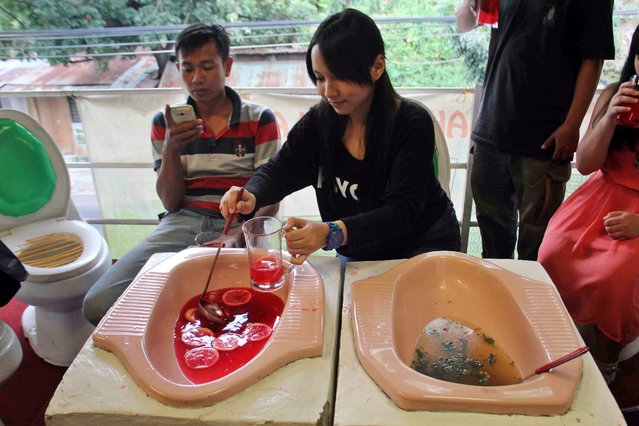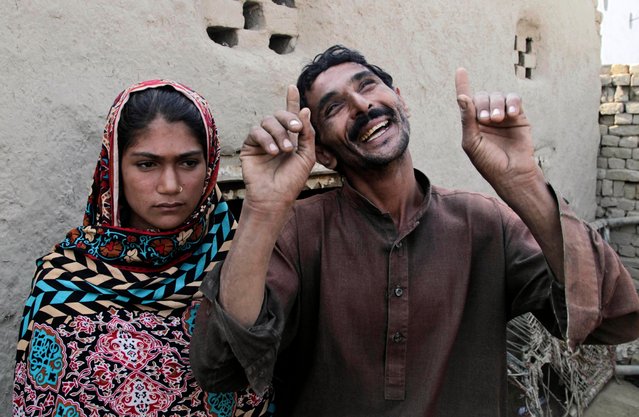
“Willy Rizzo was an Italian photographer and designer. In late 1948, Willy began an illustrious twenty-year career with Paris Match that would have him photograph some of the greatest names of the golden age of photojournalism. Married later to actress Elsa Martinelli, Rizzo enjoyed unparalleled access to the stars; Brigitte Bardot, Sophia Loren, Marilyn Monroe, Vivien Leigh, Audrey Hepburn, Jane Fonda, Gene Kelly, Fred Astaire, Salvador Dalí and Pablo Picasso all found themselves in front of Rizzo’s lens”. – Wikipedia. Photo: Jane Fonda, Studio Willy Rizzo, Paris, 1966. (Photo by Willy Rizzo)
28 Mar 2014 07:12:00,post received
0 comments







